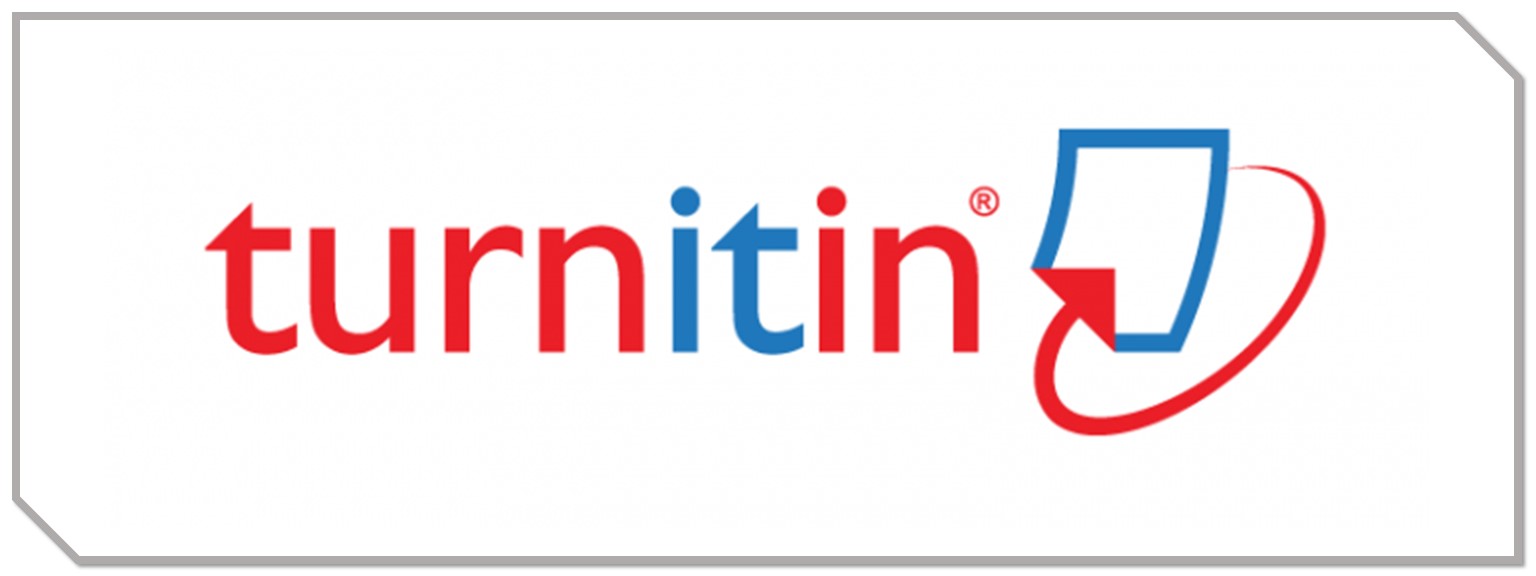FAKTOR-FAKTOR YANG BERHUBUNGAN DENGAN KEAKTIFAN KADER POSYANDU DI DESA PAHLAWAN SETIA KECEMATAN TARUMAJAYA KABUPATAN BEKASI
DOI:
https://doi.org/10.57213/nurse.v3i1.48Keywords:
posyandu, cadreAbstract
The high AKI (Maternal Mortality Rate) and IMR (Infant Mortality Rate) respectively 228/100,000 live births and 34/1,000 live births in Indonesia encourage several health services, especially posyandu services and puskesmas to be active in carrying out activities that reduce the MMR and IMR values. Posyandu is a service in the working area of ​​the Puskesmas. The existence of Posyandu is driven by the activeness of Posyandu cadres in optimizing their participation in improving health efforts in Indonesia. Cadres in the implementation of posyandu are the central point of activities in posyandu. Its participation and activity is expected to be able to mobilize community participation. The activity of cadres in Pahlawan Setia Village still does not meet the minimum requirements, where 9.8% of cadres do not carry out posyandu activities for various reasons. This study aims to determine the factors associated with the level of activeness of cadres in the implementation of posyandu activities. The factors are age, level of education, level of knowledge, years of being a cadre, history of coaching and training, and family support. The statistical test of this study was chi-square and used a total sampling of 58 respondents. The results of this study indicate that there is a relationship between age and the activity of posyandu cadres (p-value = 0.023); there is a relationship between the education level of cadres and the activeness of posyandu cadres (p-value = 0.000); there is a relationship between the knowledge level of cadres and the activeness of posyandu cadres (p-value = 0.000); there is a relationship between the length of time being a cadre and the activity of posyandu cadres (p-value = 0.000); there is a relationship between the history of coaching and training of cadres with the activeness of posyandu cadres (p-value = 0.000); and there is a relationship between family support and the activity of posyandu cadres (p-value = 0.000). The results of this study can provide suggestions and input to posyandu services where the factors related to the activity of cadres.
References
Ambarwati dkk. (2009). Asuhan Kebidanan Komunitas. Yogyakarta: Numed
Departemen Kesehatan Republik Indonesia. (2006). Kader Posyandu. Jakarta: Departemen Kesehatan RI.
Friedman. (2010). Buku Ajar Keperawatan dan Riset, Teori dan Praktik. Jakarta: EGC
Hapsari, K. (2011). Faktor yang Mempengaruhi Keaktifan Kader Posyandu di Wilayah Kerja Puskesmas Gedong Tataan, Lampung Tahun 2011. Karya Ilmiah Tidak Dipublikasikan
Kementerian Kesehatan Republik Indonesia. (2011). Pedoman Umum Pelayanan Posyandu. Jakarta: Kementerian Kesehatan RI
Manandar & Sunyoto A., (2008). Psikologi Industri dan Organisasi. Depok: Universitas Indonesia (UI Press).
Meilani dkk. (2013) Faktor yang Berhubungan dengan Keaktifan Kader Posyandu di Wilayah Kerja Puskesmas Talawan Kecamatan Talawan Kabupaten Minahasa Tahun 2013. Karya Ilmiah Tidak Dipublikasikan
Karwati dkk (2010). Asuhan Kebidanan V (Kebidanan Komunitas). Jakarta: Trans Info Media
Meilani dkk (2009). Kebidanan Komunitas. Yogyakarta: Fitramaya
Purwadi, A. (2008). Konsep Kebidanan. Jakarta: EGC
Santoso, S. (2014). Panduan Lengkap SPSS Versi 20 Edisi Revisi. Jakarta: Gramedia
Notoatmodjo, S. (2005). Metode Penelitian Kesehatan, Edisi Revisi: Jakarta: Rineka Cipta
Notoatmodjo, S. (2007). Promosi Kesehatan dan Ilmu Perilaku. Jakarta: Rineka Cipta
Notoatmodjo, S. (2010). Promosi Kesehatan Teori dan Aplikasi. Jakarta: Rienaka Cipta
Notoatmodjo, S. (2011). Kesehatan Masyarakat Ilmu dan Seni. Jakarta: Rienaka Cipta.
Sugiyono. (2011). Metode Penelitian Pendidikan. Jakarta: Alfabeta
Sujarweni, W. (2014). SPSS Untuk Penelitian. Jakarta: Pustaka Baru
Sunardjoko, B. (2011). Metode Statistika. Jakarta: Fakultas Keguruan dan Ilmu Pendidikan Universitas Muhammadiyah Jakarta
Syaifudin dan Hamidah. (2009). Kebidanan Komunitas. Jakarta: EGC
Downloads
Published
Issue
Section
License
Copyright (c) 2022 Jurnal Nurse

This work is licensed under a Creative Commons Attribution-ShareAlike 4.0 International License.











